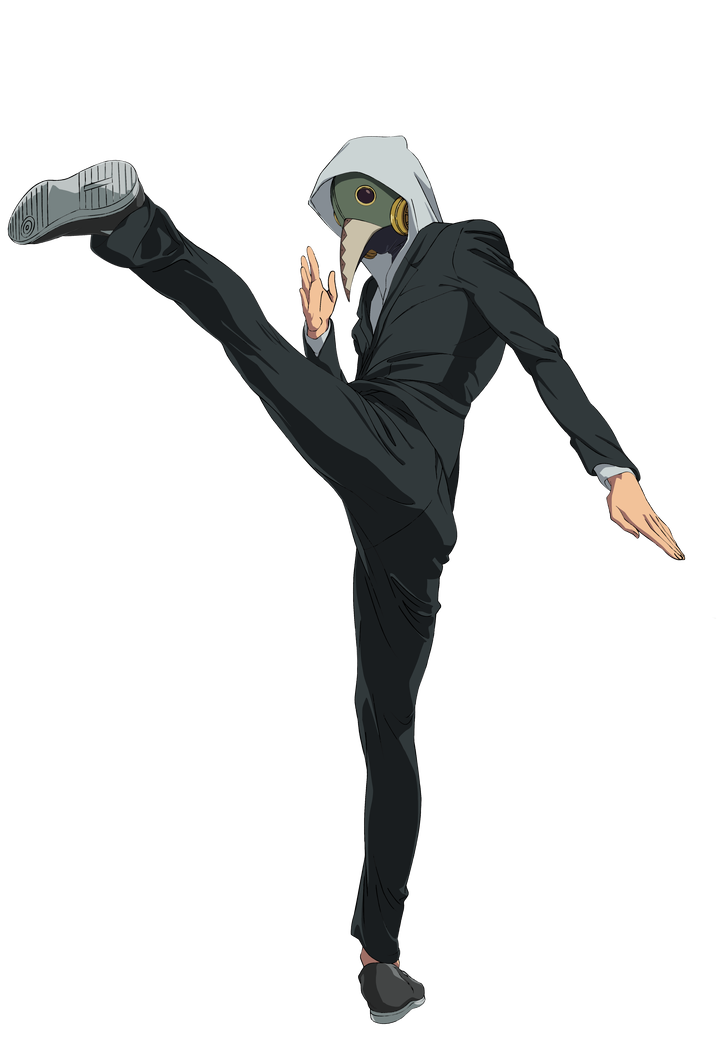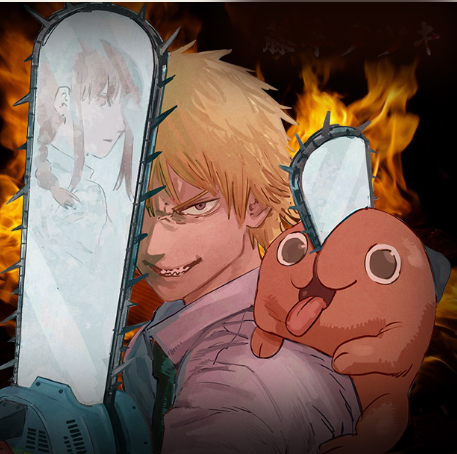# Unlocking the Horrors: The Dark Inspirations Behind Chainsaw Man’s Iconic Demons!
##
1. The Birth of a Nightmare: Understanding Chainsaw Man
Chainsaw Man, created by the incredibly talented Tatsuki Fujimoto, has quickly emerged as a phenomenon in the world of manga! With a captivating fusion of horror, humor, and heartfelt moments, it breaks conventional storytelling molds, grabbing the attention of readers across the globe. What keeps us hooked are the demons that populate this wild universe, each one a bizarre and often frightening product of our collective imagination. This series pulls us into a realm where our deepest fears manifest, challenging us to face the shadows lurking within.
Denji, our protagonist, isn’t merely a demon hunter—he embodies the struggles of youth facing poverty, desire, and the search for meaning in a seemingly indifferent world. Each demon he encounters is more than just a threat; they are representations of societal fears and personal traumas. From the enigmatic Makima to the grotesque and formidable Gun Devil, these characters take on a life of their own, serving as the raw embodiment of horror that reflects our anxieties and insecurities. They illustrate how our nightmares can sometimes take a life of their own, forcing us to confront our realities.
What truly makes Chainsaw Man a brilliant work of art is Fujimoto’s incredible ability to weave these fears into a narrative that is both exhilarating and thought-provoking. As we peel back the layers of these demons, we begin to understand that each one embodies a purpose—mirroring our own vulnerabilities and struggles. This exploration of horror isn’t just about spooking readers; it’s an invitation to confront our own inner demons and emerge stronger from the battle.
##
2. The Art of Fear: Visual Inspirations Behind the Demons
The visual representation of Chainsaw Man’s demons is a feast for the eyes and a dizzying thrill for the imagination! Fujimoto’s distinctive art style captures the grotesque and beautiful in a way that leaves an indelible mark. Take the Chainsaw Devil, for instance—his chainsaw arms are not just tools of destruction but an embodiment of raw desperation and the chaotic beauty of violence. This interplay of horror and aesthetic allure challenges readers to consider how fear can be both captivating and repulsive at the same time.
Each demon’s design draws inspiration from cultural myths, urban legends, and pressing societal issues. For instance, the Blood Devil, with its dynamic and fluid form, symbolizes life’s unpredictable nature, filled with unexpected twists and emotional upheavals. These vibrant visual elements engage readers on a psychological level, prompting exploration of fear’s impact through art. It’s not just about what we see; it’s about what we feel when we encounter these ferocious beings on the page.
Furthermore, the way these demons inhabit the world around them reflects our own daily fears manifesting in society. Serving as unsettling mirrors, they reveal how darkness often creeps into our lives unnoticed until it overwhelms us. Fujimoto’s brilliant blend of horror and artistic expression not only grips us but also encourages us to examine our fears in an engaging and entertaining manner. Brace yourself—it’s a wild ride!
##
3. The Roots of Horror: Real-Life Inspirations for the Demons
One of the most fascinating aspects of Chainsaw Man is Fujimoto’s ability to draw from real-life events and cultural fears, infusing his demons with truth that resonates deeply. The Gun Devil, for example, serves as a chilling reflection of the pervasive fear of gun violence in modern society. By crafting such a stark metaphor, the horror of the narrative becomes grounded in the uncomfortable realities that many people experience today. It’s a powerful reminder that horror can often mirror our world, prompting us to confront the fears we carry.
Historical atrocities and pressing societal issues also play a role in shaping other demons throughout the series. The overwhelming despair represented by the Darkness Devil speaks to the collective existential dread many feel in today’s fast-paced world. These characters tap into our shared psyche, articulating fears that are not only deeply personal but also societal. This shared experience of horror can be cathartic, allowing readers and characters alike to build resilience in the face of their fears.
By acknowledging the roots of these demons, Chainsaw Man transforms fear into empowerment, encouraging readers to confront uncomfortable truths with courage. It reminds us that facing our darkest moments can be a source of strength. In a world filled with challenges, this exploration of horror shows us that understanding our fears is the first step toward overcoming them. So let’s embrace the journey together!
##
4. Humor in Horror: Finding Joy Amidst the Darkness
Chainsaw Man masterfully balances horror with humor, creating a unique blend that keeps readers on their toes! Denji’s cheeky attitude, even when death is at his heels, injects a refreshing twist into the grim narrative. This effective comic relief does more than just lighten the atmosphere; it underscores the absurdity of life itself. By juxtaposing moments of joy against the backdrop of horror, Fujimoto magnifies the resilience of the human spirit in a delightful way.
Humor serves as a crucial coping mechanism for the characters, allowing them to navigate their terrifying reality with a sense of whimsy. It beautifully highlights the truth that even in our darkest moments, laughter holds immense power. This theme resonates with readers, reminding us that humor can be an invaluable ally in tough times. Chainsaw Man urges us to find joy amidst our fears, transforming them into manageable puzzles rather than paralyzing monsters.
This engaging interplay of horror and humor cultivates a sense of community among fans, turning Chainsaw Man into a shared experience where readers can bond over their fears while sharing a laugh. It’s a reminder that while demons may loom large, it’s our ability to discover joy in the chaos that ultimately defines us. So let’s unite in laughter, celebrating the light that shines even in the darkest times!
##
5. Facing Your Demons: The Empowering Message of Chainsaw Man
At its heart, Chainsaw Man is a captivating exploration of facing one’s demons—both in fiction and in real life! Denji’s adventurous journey showcases the importance of confronting fear as a vital part of the human experience. Each demon he faces represents a challenge that demands courage and resilience, encouraging readers to reflect on their own trials and tribulations. The series champions the notion that tackling our fears head-on can transform what once felt paralyzing into a wellspring of strength.
The interactions between characters reveal the power of community and support in facing our demons. The bonds formed amidst chaos highlight that we are never truly alone in our battles. They serve as a reminder that reaching out and sharing our struggles can lighten the burden, allowing for personal growth and healing. Chainsaw Man teaches us that facing fears isn’t a solitary endeavor; it’s a collective journey that often brings unexpected empowerment.
So, as you navigate your own life, channel the spirit of Denji! Remember that confronting your fears is a journey worth taking. Embrace your vulnerabilities and recognize that every challenge can be an opportunity for strength and growth. Stand tall, laugh at the absurdity of life, and know that you have the power to overcome your demons—one chainsaw at a time! Go forth and shine bright, for you have the strength to conquer whatever comes your way!

